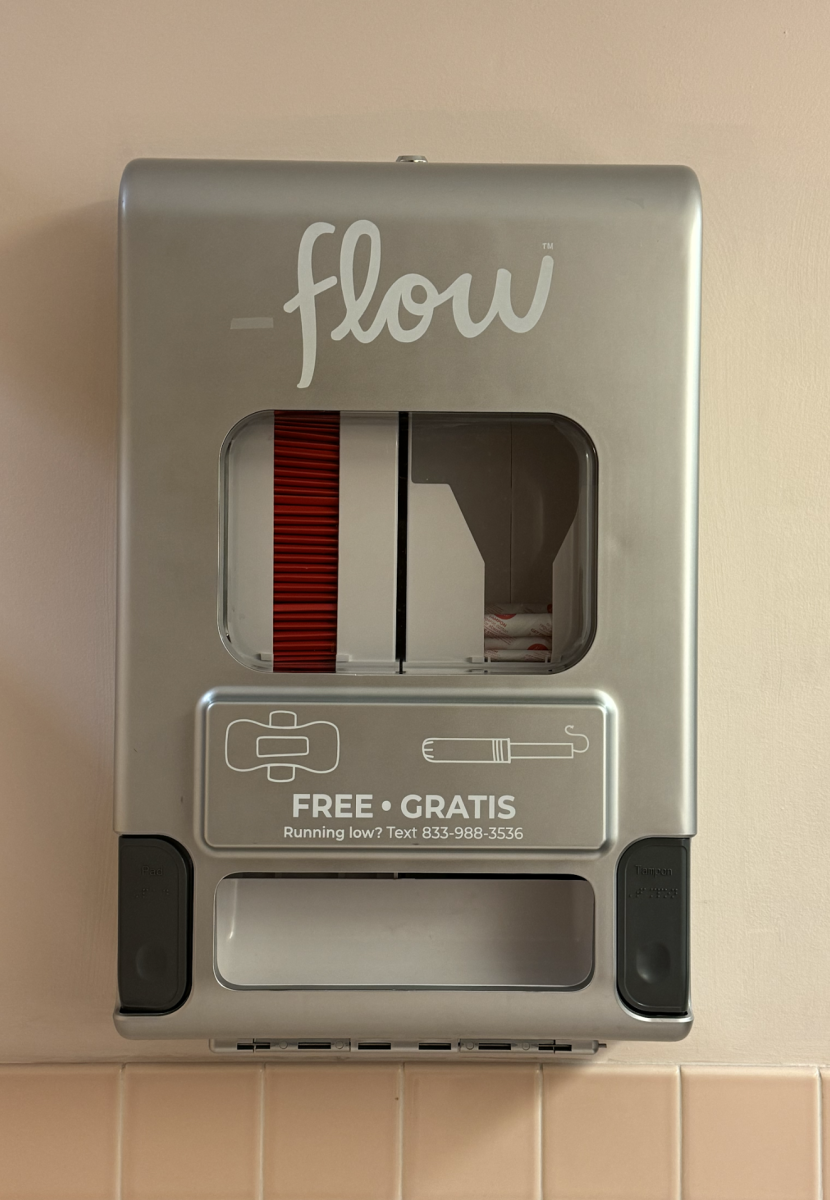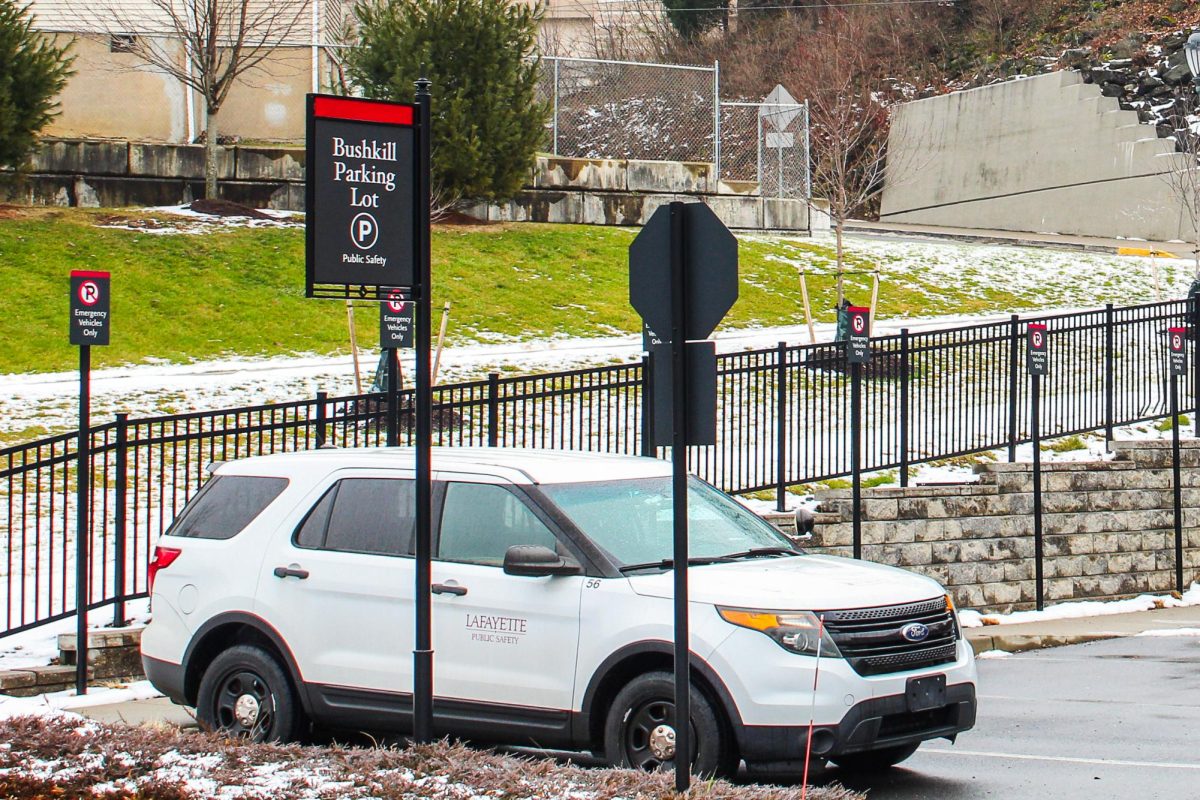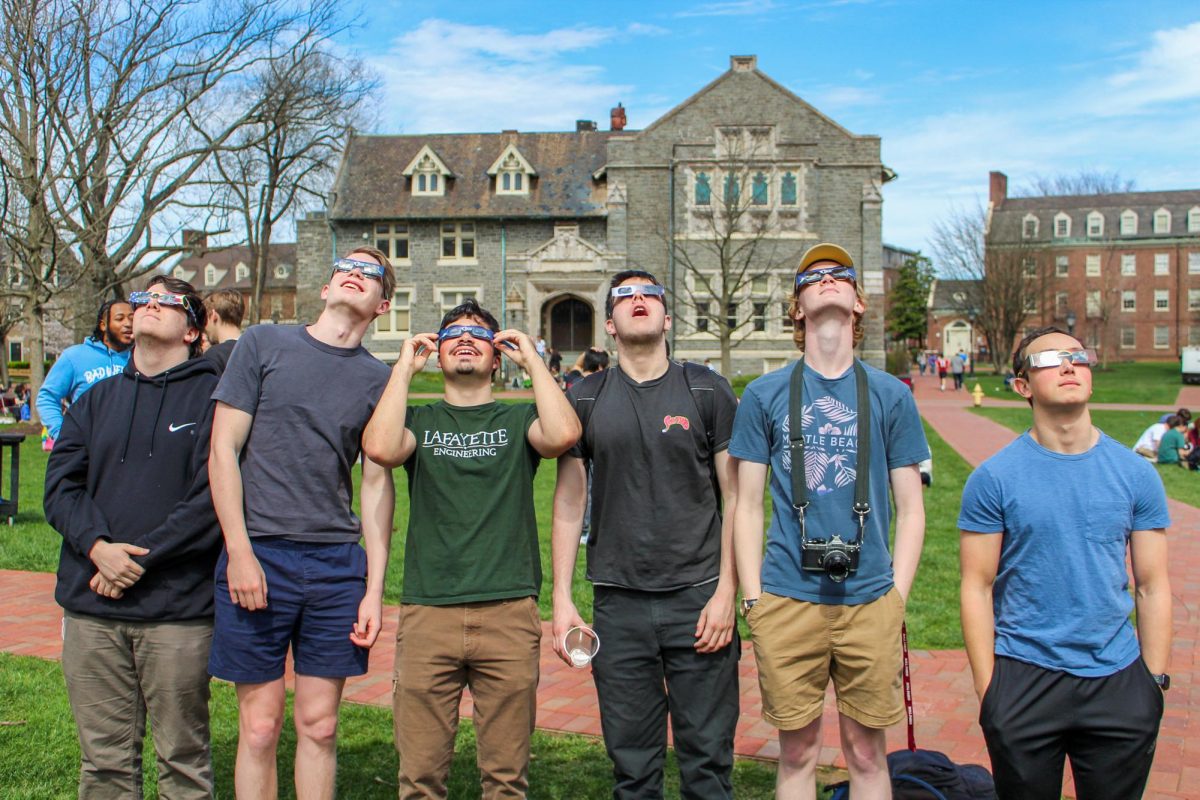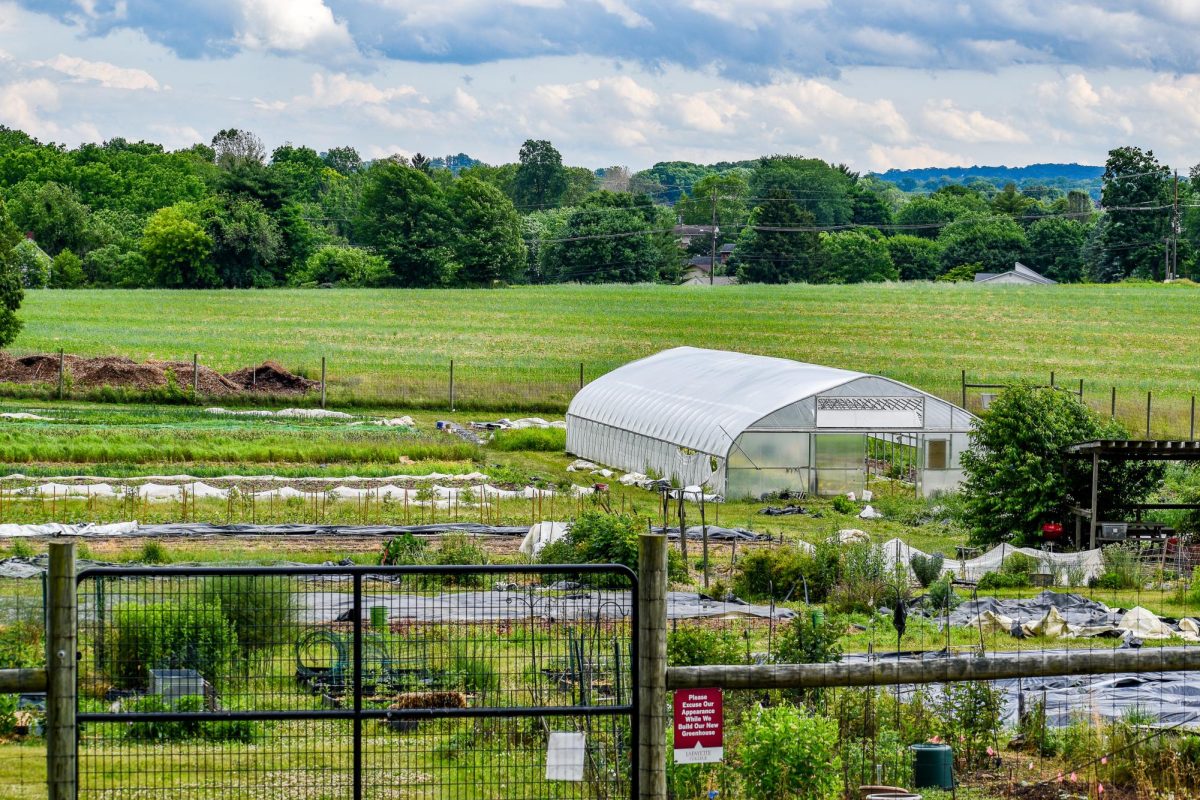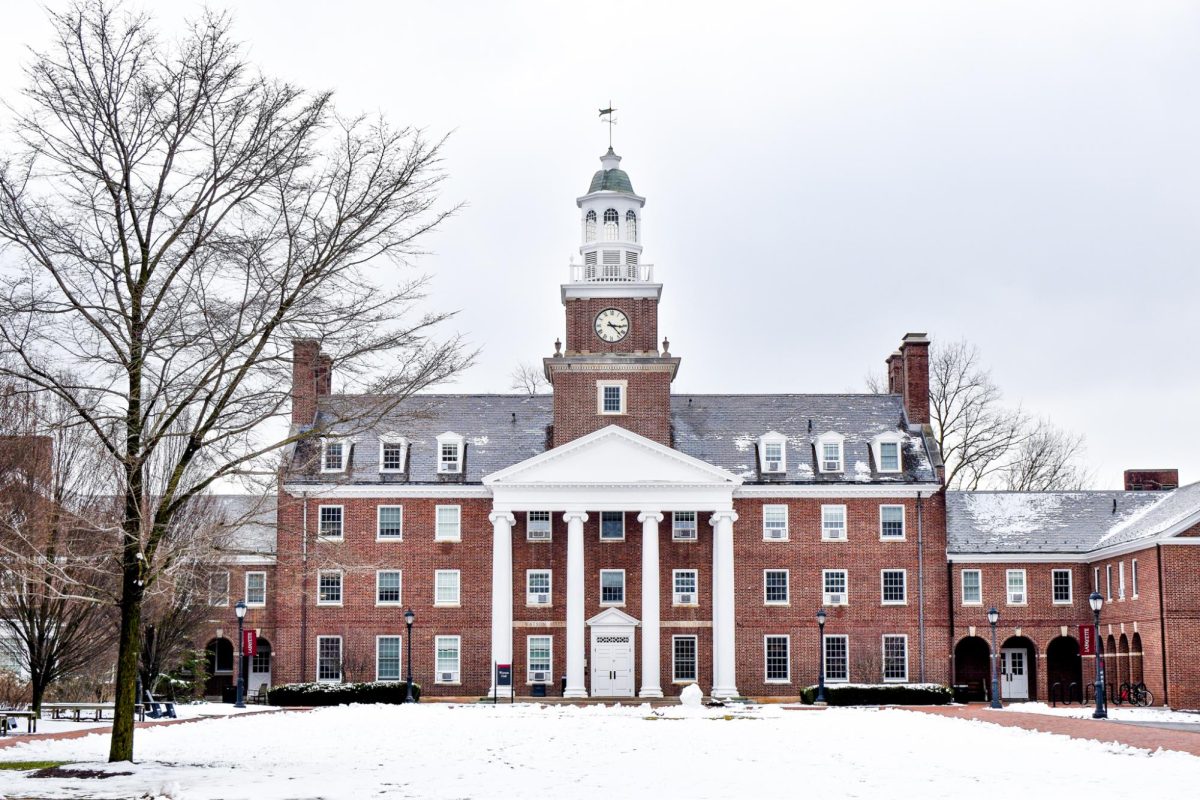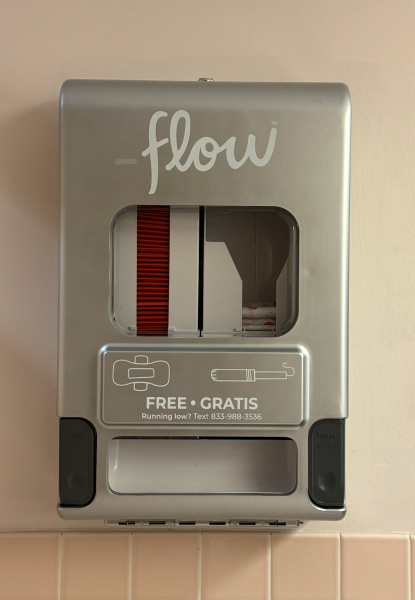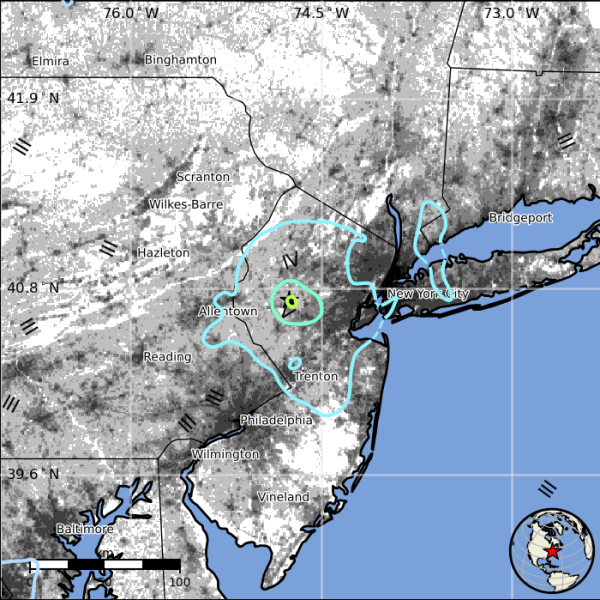Facilities Operations responds to reports of mold on campus
November 5, 2021
Last Thursday, representatives from Residence Life, Facilities Operations and Public Safety met with Student Government to discuss a preventative action plan to address the reports of mold on campus.
According to Matt Hammerstone, supervisor to the Environmental Health & Safety division of Lafayette’s Public Safety office, there has been an unusually high number of complaints regarding window unit air conditioners this year. He contends that many of the complaints are unfounded.
“What we’re getting is a lot of students calling about window unit air conditioning vents. They see spots and immediately think it’s mold, but that’s very rarely the case. Typically, what that is is dirt and dust buildup over time,” Hammerstone said. “When the AC is turned on in a hot or humid room, and because the unit is producing really cold air, condensation will collect on the vent. When those droplets dry, combined with the dust and dirt, it will look like mold growth. Almost all of the time it isn’t mold at all, but just wet dirt or dust.”
Over the past few summers, Lafayette has installed dehumidifiers in areas where mold has been reported in the past. Those areas are then inspected weekly over the summer, when indoor moisture is at its peak, by environmental health and safety staff.
When addressing mold, Hammerstone explained that there are two key factors to keep in mind: how mold grows, and where it typically grows.
“For mold to grow indoors, it needs four specific conditions. There needs to be organic matter, a temperature between forty to one hundred and twenty degrees Fahrenheit, moisture and oxygen. If any one of those four things is taken away, mold won’t grow in that environment. Since mold grows in a variety of temperatures, and you can’t remove oxygen from a room, the easiest way to prevent mold growth is to control the moisture in a room,” Hammerstone explained.
Typically, one won’t see mold on AC units because they remove moisture from the room. Since these machines decrease humidity, they lower the potential for mold to grow. If students do, however, suspect that their air conditioning unit may have mold growth, Hammerstone proposed a simple test.
“If it wipes clean without staining it’s not mold growth. If it is, it will leave behind a stain. The smell is another sign. Mold and mildew have a distinct smell that’s like a wet basement. If a student still isn’t sure, they can call facilities to take a look at it,” Hammerstone said.
Hammerstone explained that any student living in a dorm or in off-campus school-owned housing can contact facilities through their RA or the Environmental Health & Safety division by calling Public Safety’s non-emergency number.
If students who live in school-owned off-campus housing experience mold, he recommends that students contact his office directly for help from the Environmental Health and Safety division.
However, Facilities Operations cannot respond to work orders in off-campus bathrooms requesting for mold removal, according to an email sent to a student, as it is contractually the students’ responsibility to clean and upkeep that space.
Students living in privately-owned off-campus housing can contact their landlord specifically to address possible mold problems. For those hoping to combat any issue directly, Hammerstone suggests cleaning exposed areas with bleach-based cleaning solutions.


